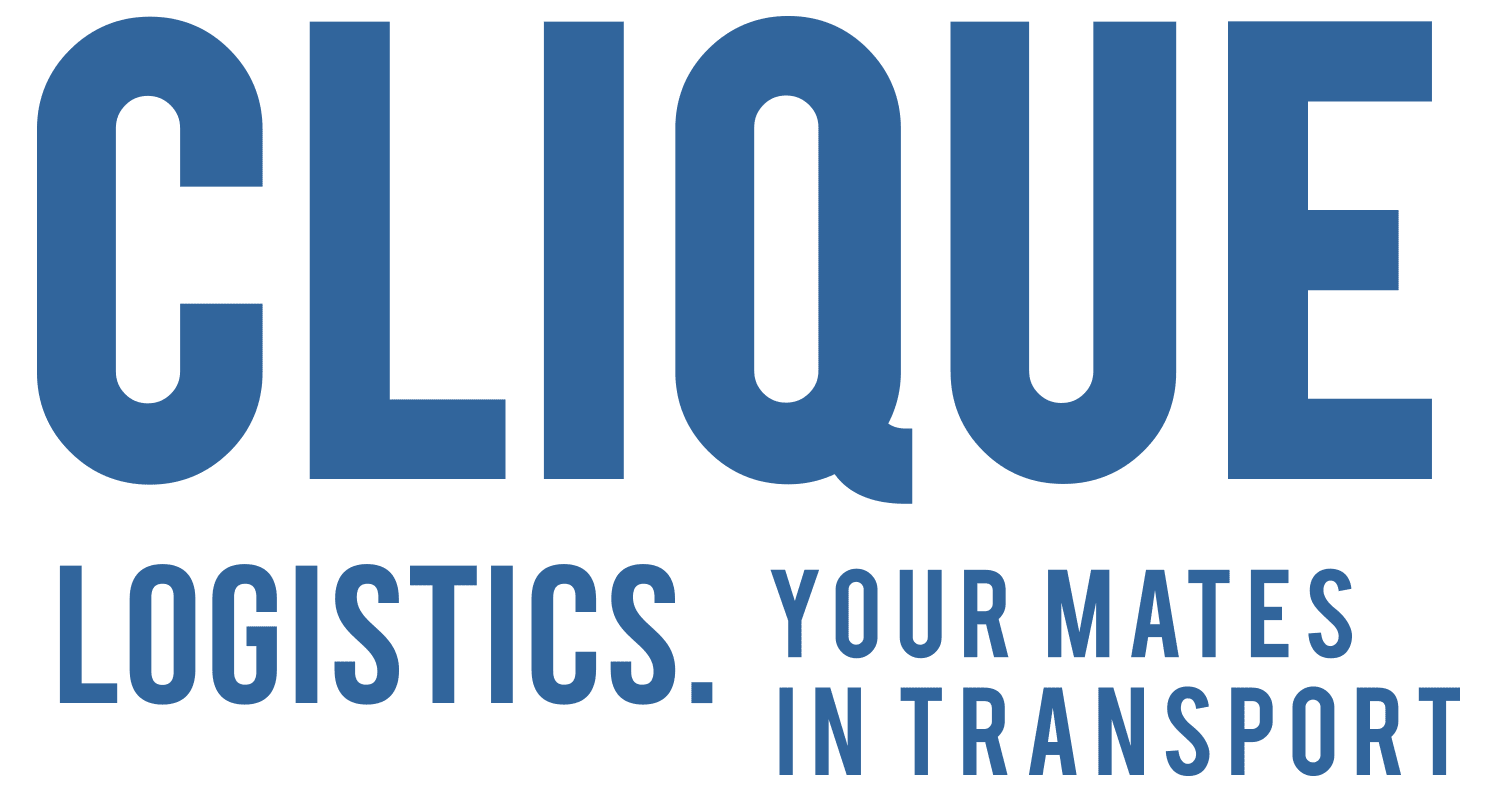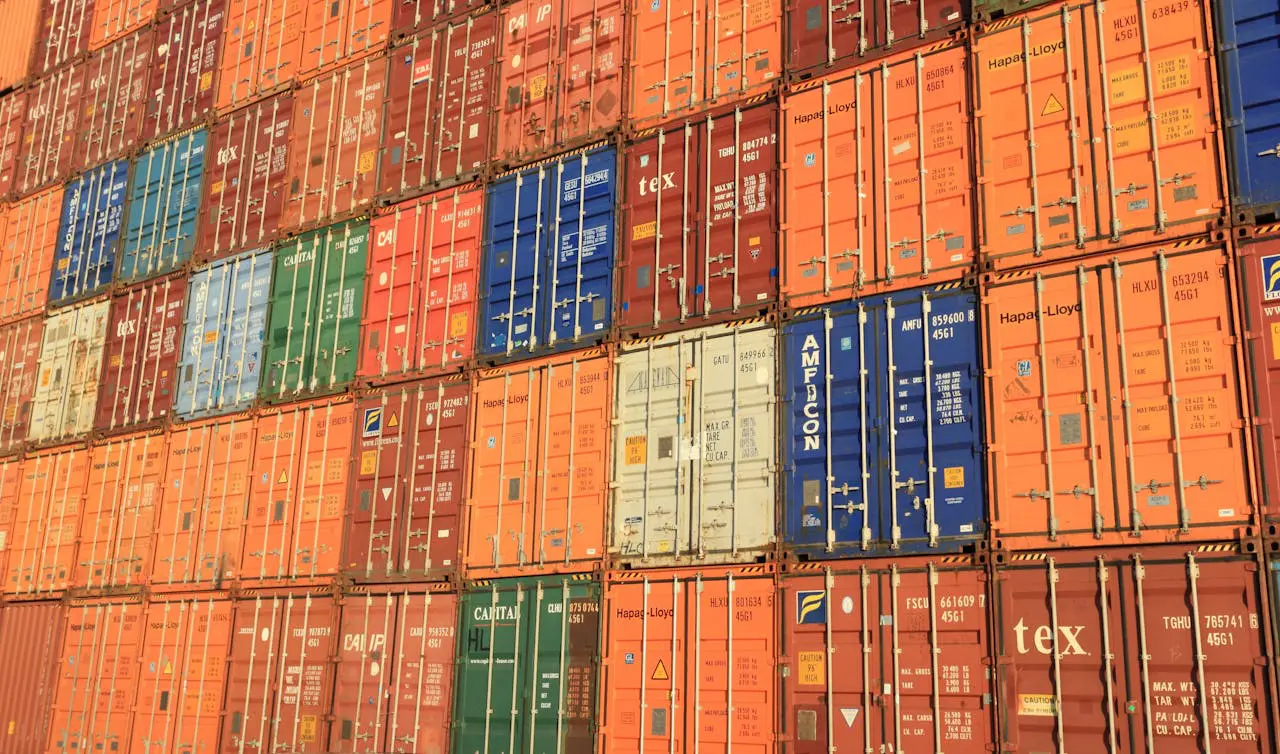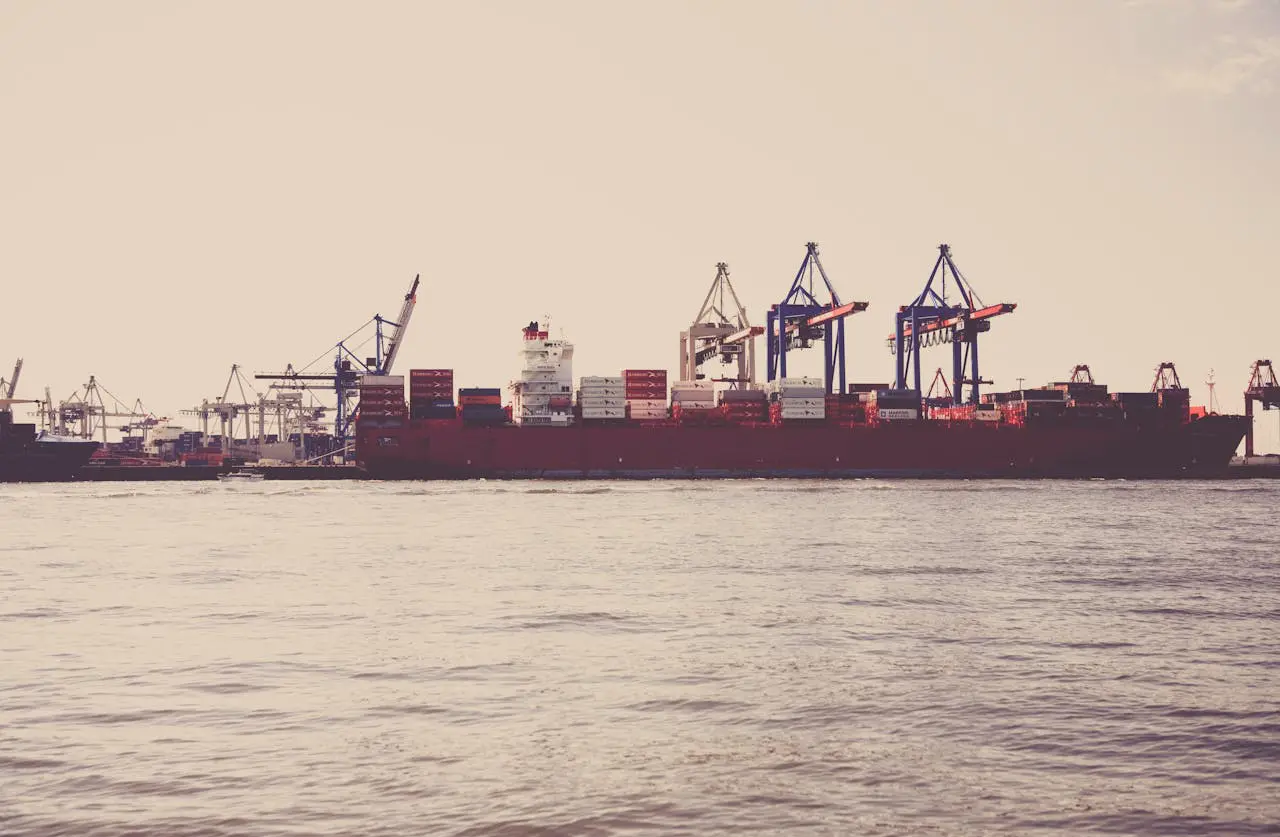Choosing the Right Shipping Mode: Air, Sea, or Consolidated Freight
When your business goes global, every shipment becomes a strategic decision. Choosing the right shipping mode can make or break your delivery timelines, customer satisfaction, and profit margins. Whether you’re moving goods across the country or across continents, the question remains: should you choose air, sea, or consolidated freight?
At Clique Logistics, we’ve recently expanded our services to include international freight, and one of the most common questions we hear is, “Which freight mode is best for my business?”
The truth? It depends — on your timelines, budget, cargo type, and goals. Let’s unpack the pros, cons, and best-use scenarios for each option.
Air Freight: Speed and Security at a Premium
If time is money, air freight is your express ticket. It’s the fastest way to move goods internationally, often reaching destinations in days rather than weeks. Ideal for high-value, time-sensitive, or perishable cargo, air freight ensures your products reach their destination with minimal handling and maximum control.
Advantages:
- Speed: Perfect for meeting tight deadlines, urgent restocks, or seasonal peaks.
- Reliability: Airlines operate on strict schedules, reducing the risk of long delays.
- Security: Airports have advanced cargo screening and handling, minimising loss or damage.
Considerations:
Cost: It’s significantly more expensive than sea or consolidated freight.
Capacity: Aircraft space is limited, so oversized or heavy shipments can be challenging.
Environmental impact: Air freight has a higher carbon footprint than sea freight.
Best for: Electronics, medical supplies, spare parts, fashion, or any shipment where timing is critical and cost can be absorbed.
Sea Freight: Cost-Effective for Large or Heavy Loads
If your shipment isn’t in a rush, sea freight offers unmatched value for bulk cargo. It’s the backbone of international trade, capable of moving massive quantities across the globe at a fraction of the cost per unit.
Advantages:
- Cost-efficiency: Ideal for large or heavy shipments where space and weight are less of a concern.
- Scalability: Choose between Full Container Load (FCL) or Less than Container Load (LCL) options to suit your needs.
- Sustainability: Sea freight has a lower carbon footprint per ton than air.
Considerations:
- Transit time: It can take weeks for goods to arrive, depending on routes and port schedules.
- Complexity: Customs clearance, port handling, and documentation can add layers of administration.
- Risk of delays: Weather, port congestion, or strikes can occasionally affect timelines.
- Best for: Furniture, building materials, machinery, non-perishables, or large-volume stock replenishments.
Consolidated Freight: The Smart Middle Ground
For businesses shipping smaller quantities but still seeking value and efficiency, consolidated freight is a smart alternative. It combines multiple shipments from different shippers into a single container or load — meaning you only pay for the space you use.
Advantages:
- Cost savings: Split container costs with others — great for small to mid-sized shipments.
- Flexibility: Regular departures and smaller volumes let you ship more frequently.
- Reduced warehousing: Smaller, more frequent shipments can lower storage costs.
Considerations:
- Slightly longer transit: Consolidation and deconsolidation add extra handling time.
- Limited control: The container’s schedule depends on all parties’ cargo being ready.
- Coordination: Timing and documentation must be precise to ensure smooth group shipments.
- Best for: SMEs, eCommerce businesses, or companies exploring new markets without committing to full container loads.
How to Choose the Right Mode for Your Business
Selecting between air, sea, or consolidated freight isn’t about finding the “cheapest” option — it’s about finding the smartest one for your supply chain. Ask yourself:
What’s my delivery timeframe?
If speed trumps all, go air. If flexibility exists, sea or consolidated may be better.
What’s the cargo type and volume?
Fragile, perishable, or high-value goods often need air; bulky or dense items suit sea freight.
What’s my total landed cost?
Don’t just look at freight rates — include customs, handling, insurance, and potential delays.
What’s the customer expectation?
If your brand promise is reliability, choosing the mode that guarantees consistency matters more than price.
At Clique Logistics, we take the guesswork out of international shipping. Our freight management experts analyse your cargo, deadlines, and destinations to build a tailored solution — whether that means getting your goods there overnight, next week, or in the most cost-effective way possible.
Your Freight, Your Way — with Clique
The right freight mode can unlock savings, boost delivery reliability, and protect your reputation. With Clique Logistics now offering air, sea, and consolidated freight solutions through CargoWise Neo by WiseTech Global, you can manage everything from quote to delivery in one transparent system — backed by our 9:9 Never Customer Promise and Clique Travel Guarantee.





